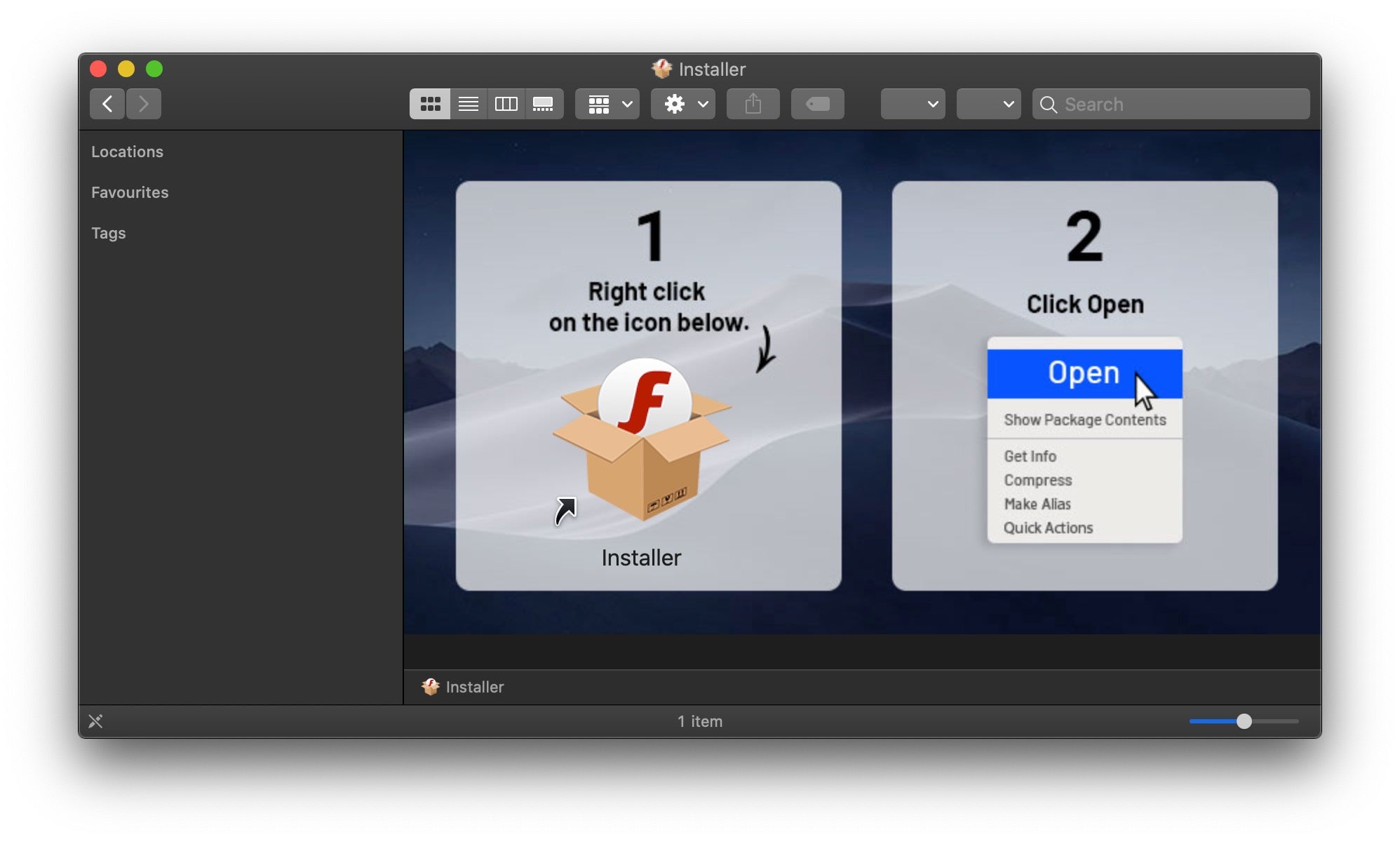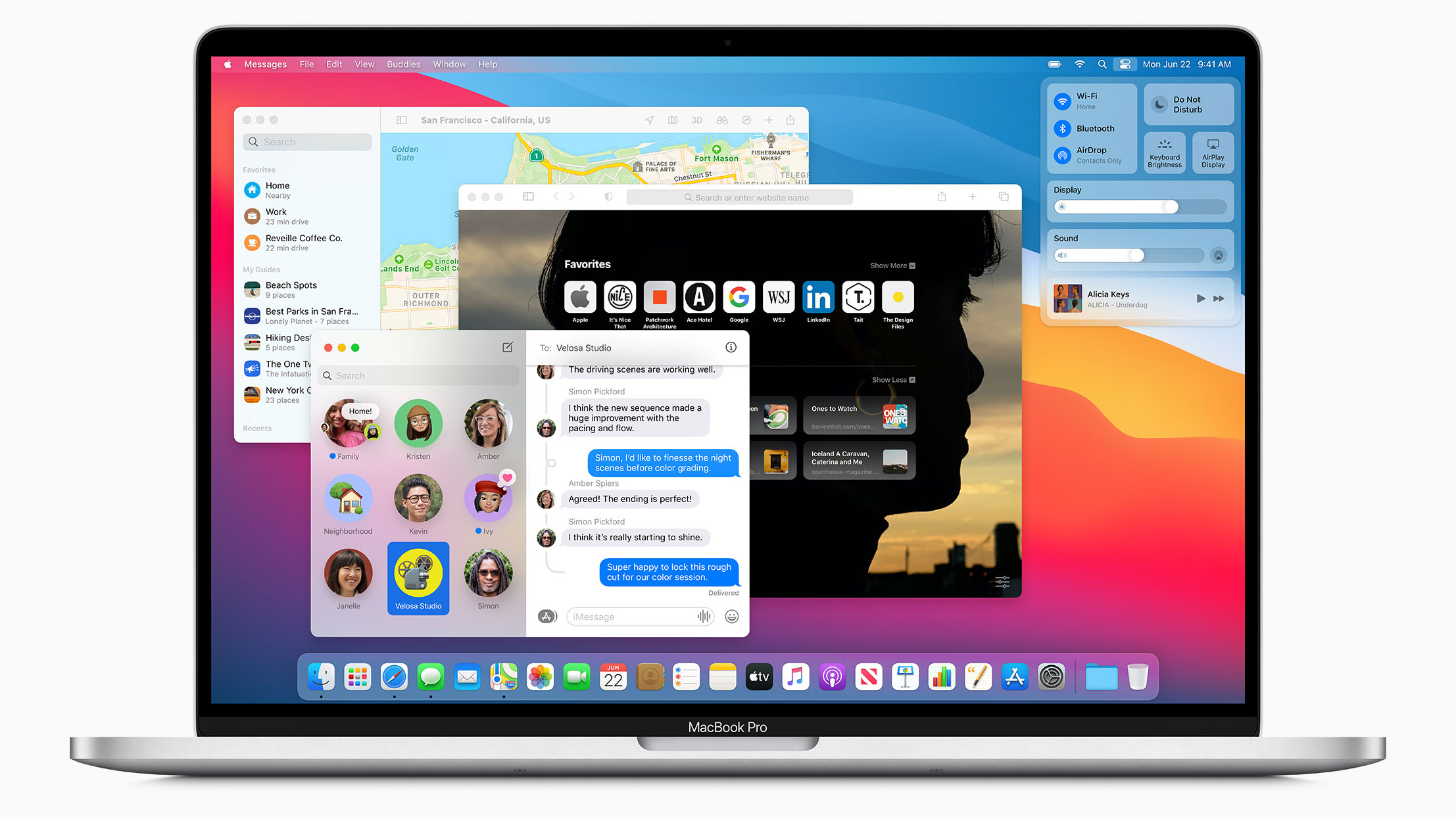AI: Wild & Free (Demo) Mac OS
WildFaces.ai is the world’s ONLY “On-The-Move” vision-based Artificial Intelligence (AI) software system. This patented technology can recognize and track objects (with redaction capability) from moving cameras, utilizing many of today’s IoT devices, such as drones, walking robots, PTZ cameras, mobile phones, body-worn cameras & more. The WILD.AI team. An all-star team devoted to supporting female athletes. Helene Guillaume. Triathlete and CEO. Stacy Sims, PhD. Character created with AI image breeding and paint-over. Fast and interesting. It is the future.@Artbreeder.
X-Plane is the most powerful and accurate flight simulator available for personal computers, but it doesn’t just run on Windows; the version of X-Plane sold here at X-Plane.com runs on Windows, Mac OS X, and Linux. In fact, X-Plane is developed primarily on Macs. In the past, we’ve called the Mac. After training, the AI models were tested with images of the individuals they had not seen before and had an accuracy of over 90% for the wild species and 87% for the captive zebra finches.
Deep Learning has been made very fashionable over the last few years and people have tended to use the term synonymously with Artificial Intelligence ever since “tech giants” like Google and Microsoft have embraced it. The technology is very powerful for categorizing objects within an image. One can provide it with a large dataset of any object e.g. 10,000 images of dogs, and the system can be trained to detect the next dog that comes along.Deep Learning requires large training data sets and is very computing heavy. It is difficult for the technology to be applied to practical use-cases. Wildfaces recently completed a project for the Hong Kong Prisons where they wanted to detect suicide attempts. There was no opportunity to collect a large dataset of relevant cases. For that requirement, Wildfaces applied its unique ReasoningAI technology that could better mimic human intelligence, ensuring a quick and successful deployment.The latest IoT camera devices are now mounted on moving carriers, for example, drones wearables or robots. Typical vision-based AI solutions can lose its context as both the foreground and the background move simultaneously. Wildfaces has overcome this challenge with a new type of AI that it has developed called WildAI. Both ReasoningAI and WildAI require very limited or even no datasets for training. This results in light computing, enabling systems to understand their environment in a way that Deep Learning never could. These are destined to ensure systems develop greater levels of comprehension than has been possible in the past.PATENTED TECHNOLOGY
WildFaces.ai is the world’s ONLY “On-The-Move” vision-based Artificial Intelligence (AI) software system. This patented technology can recognize and track objects (with redaction capability) from moving cameras, utilizing many of today’s IoT devices, such as drones, walking robots, PTZ cameras, mobile phones, body-worn cameras & more.WildFaces developed its algorithms from scratch,so it is not dependent on any overused open source code,or overpriced GPU-based hardware solutions.Self-developed algorithms provide us with the flexibility to buildunique us to meet customers’ specific needs including forwildly complex and congested scenarios..
Our Differentiators
 Unlike other AI based analytics systems, Wildfaces’ technology can excel in very complex and congested environments even when the cameras or the background of the scene is moving.
Unlike other AI based analytics systems, Wildfaces’ technology can excel in very complex and congested environments even when the cameras or the background of the scene is moving.Making use
of moving IoTs
Low Resolution
It requires very low resolution cameras, enabling recognition at far distances.Ai: Wild Horse
Patented
Owns core proprietary technology, which is computing light requiringonly a CPU.At Far Distances
Able to recognize and track objects/people in extreme complex & congested scenes in real-time atsignificant distances.No Fixed Infrastructure
It requires no fixed CCTV infrastructure.On-The-Move
Able to recognize rolling objects as well as non-cooperative individuals on the move.Protect Privacy
It is already compliant with GDPR through its ability to anonymize all the faces seen to protect their privacy.On-The-Move
Ai: Wild & Free (demo) Mac Os Download
Able to recognize and track objects/people in extreme complex & congested scenes in real-time atsignificant distances.
WildFaces’ On-The-Move Recognition capability has overcomethe constraints of Traditional Recognition Approach
For Wildly Congested Scenes
WildFaces has achieved many technological breakthroughs including the ability to recognize hundreds of faces anonymously in real-time in large uncontrolled crowds on low resolution cameras at far distances.EFFICIENT ALGORITHMIC APPROACHES
Wildfaces has developed a hybrid Artificial Intelligence system combining different types of intelligence. This approach ensures high accuracy with lightcomputing requiring no GPUs. It is highly cost effective saving implementation time as it requires minimal and often no deep learning availing of our unique and extensive ready-made AI modules.Furthermore, the company’s unique Smart Compression utilizes a ‘fog computing’ capability to make video analytics on the cloud possible even in limited bandwidth environments. It is an affordable solution with versatile applications in demanding and price-sensitive markets.
WILDFACES.AI
COMPREHENSIVE
USE CASES
Software engineers at Google have been analyzing the 'dreams' of their computers. And it turns out that androids do dream of electric sheep... and also pig-snails, camel-birds and dog-fish.
This conclusion has been made after testing the ability of Google's servers to recognize and create images of commonplace objects – for example, bananas and measuring cups. The result of this experiment is some tessellating Escher-esque artwork with Dali-like quirks.
Google's artificial neural network creates its own images from keywords. Michael Tyka/Google.
So, what's the point in creating these bizarre images? Is it purely to find out our future robot overlord's artistic potential, or is there a more scientific reason? As it turns out, it is for science: Google wants to know how effectively computers are learning.
The Google artificial neural network is like a computer brain, inspired by the central nervous system of animals. When the engineers feed the network an image, the first layer of 'neurons' have a look at it. This layer then 'talks' to the next layer, which then has a go at processing the image. This process is repeated 10 to 30 times, with each layer identifying key features and isolating them until it has figured out what the image is. The neural network then tells us what it has valiantly identified the object to be, sometimes with little success. This is the process behind image-recognition.
The Google team then realized that they could reverse the process. They gave the artificial neural network an object and asked it to create an image of that object. The computer then tries to associate it with specific features. When we want a picture of a fork, the computer should figure out that the defining features of a fork are two to four tines and a handle. But things like size, color and orientation aren't as important. The images in the picture above were created in order to ascertain whether the computer has understood this sort of distinction.
Ai: Wild Things
Sometimes, the resulting images are not quite what you'd expect... Take this picture of a dumbbell, for example:
Google's artificial neural network's interpretation of a dumbbell. Michael Tyka/Google.
You may have noticed that no computer-generated dumbbell is complete without a muscular weightlifting arm. While the computer is clearly incorrect in thinking that dumbbells are sold complete with a human arm, it can be forgiven for thinking that this is the case. If you type 'dumbbell' into Google, images of these objects are intermingled with pictures of weightlifters holding them. Therefore, to the computer, one of the defining features of a dumbbell is the arm that lifts it.
The computers have the ability to see images in objects in a way that artists can only dream of replicating. It sees buildings within clouds, temples in trees and birds in leaves.
Google's artificial neural network finds images of birds and buildings within landscapes. Michael Tyka/Google.
Highly detailed elements seem to pop up out of nowhere. This processed image of a cloudy sky proves that Google's artificial neural network is the champion of finding pictures in a cloudy sky.
Google's artificial neural network's attempt at finding images in a cloudy sky. Michael Tyka/Google.
A close-up of some of the stranger creatures that the network found in the sky. Michael Tyka/Google.
This technique, which creates images where there aren't any, is aptly called 'inceptionism.' There is an inceptionism gallery where you can explore the computer's artwork.
Finally, the designers gave the computer full, free reign over its artwork. The final pieces were beautiful pictures derived from a mechanical mind – what the engineers are calling 'dreams.' The 'blank canvas' was simply an image of white noise. The computer pulled out patterns from the noise and created dreamscapes: pictures that could only come from an infinite imagination.
The product of an artificial neural network being asked to amplify and pull patterns out of white noise. Michael Tyka/Google
Pulling patterns out of white noise. Michael Tyka/Google.
[Via Google]